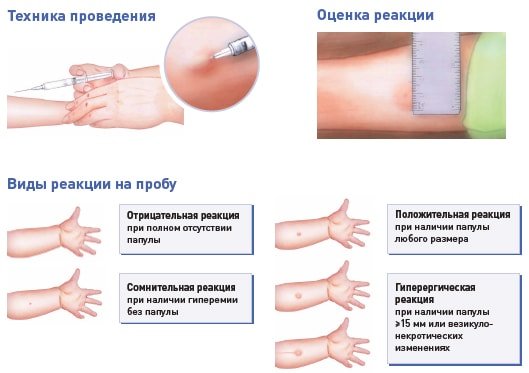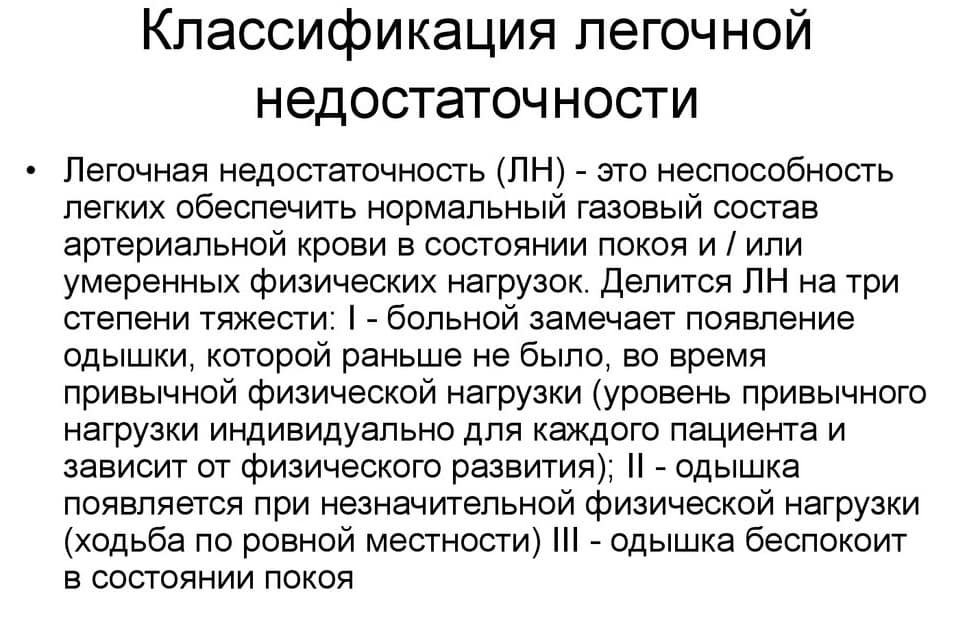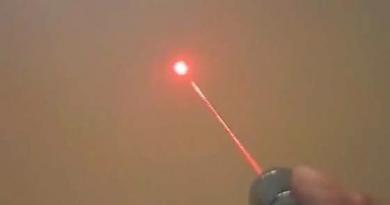Fluorography is a frequent study that a person undergoes during his life. The purpose of the study is to identify tuberculosis in a person, which can be found not only in adults, but also in children. The disease affects both the poor and the wealthy. Therefore, in order to prevent the disease, fluorography is performed. How often fluorography is done, and under what circumstances the examination schedule changes - we will consider further.
This method is used in many clinics for the purpose of diagnosis. Fluorography, like x-rays, takes a picture of the patient's internal organs, which shows the pathology, only the dose received on fluorography is several times less. With its help, deviations are detected, but it is unlikely that it will be possible to make an accurate diagnosis. Therefore, such a study is the prevention of the incidence of tuberculosis.
As a diagnostic, doctors are more likely to trust the X-ray method, which gives a detailed, life-size picture of the organ. Fluorography is valuable in that it allows you to "pass" through itself the broad masses of the population and identify possible pulmonary tuberculosis.
Very little time is spent on fluorography - after a couple of minutes the patient is free. X-ray photography is obtained on the same day, or the next, and transferred, if necessary, to the doctor. If the norm is diagnosed, the patient receives a special spine. The place of the study, patient data, radiation dose, date and result of the study - “lungs and heart are normal” are indicated. It is recommended to store the spine until the next examination.
Fluorography is recommended to be done from the age of 18 once every two years, but under special circumstances it is carried out every six months, and sometimes more often. This is regulated by sanitary legislation, medical standards and special recommendations.
Conducting principle
The principle of operation of the fluorographic installation resembles an x-ray. Diagnosis occurs with the help of a fluorograph - a special installation that is capable of producing 256 shades of gray. The load in different regions of Russia differs, but on average does not exceed 1 mSV (although in St. Petersburg, Magadan and Buryatia - 1.64 mSV). Due to this, an image of the internal organs is obtained.
During the examination, the patient is placed in a special area where x-rays pass through the body. They are unevenly absorbed by tissues of different densities, such as muscle tissue and bone. As a result, an image of the internal organs is obtained, which is displayed on a fluorescent screen. The image can be printed on film, but today digital devices that display it on a monitor are common.
The advantage of the new digital equipment is obvious, now the image is obtained much faster than before. In addition, the picture is viewed on a wide screen - this helps to examine the picture in detail. The picture is stored in the database in DAICOM format or sent by e-mail to another institution, stored on an external memory device.
Digital examination gives a much less burden on the patient, and also allows you to reduce the cost, since you do not need to use films. The study requires the installation of a special program, with the help of which the results are processed.
Example: digital fluorograph "ProScan" (scanning), during fluorography, it emits 0.02-0.03 mSV (millisievert) or 20-30 μSV (microsievert). For comparison, in Moscow, the natural background is 20 μSV. Such a device will not harm, even if you do fluorography twice in a row.
How often should you do
The frequency of the study is regulated by law. By law, fluorography is done once every two years, and some categories of citizens even more often. The results of the study are recorded in the spine. It may be required when entering an educational institution, enrolling in the military, before entering a medical institution, as well as when applying for a job. If during this time there are no indications for which fluorography is done more often, then the next study is carried out clearly after a set period.
Who should be examined more often
- medical workers of maternity hospitals;
- medical workers working in TB facilities;
- mining workers (due to the harmful effects of production conditions);
- workers in industries with increased hazard (due to the detection of frequent cases of lung cancer pathologies).
 A fluorographic examination is mandatory for workers in the food industry, educational and preschool institutions, persons working in the profile of social services. Examinations are carried out outside the schedule by people released from places of deprivation of liberty, as well as people who lived or live with tuberculosis patients.
A fluorographic examination is mandatory for workers in the food industry, educational and preschool institutions, persons working in the profile of social services. Examinations are carried out outside the schedule by people released from places of deprivation of liberty, as well as people who lived or live with tuberculosis patients.
It is recommended to do for those patients who went to the doctor with lung pathologies and health complaints, if they correspond to the symptoms of tuberculosis or other dangerous diseases. In this case, the study is carried out unscheduled, since the risk of developing pathology exceeds the health risk from radiation.
How much fluorography can be done per year depends on the patient's diagnosis. In some cases, even a few studies after three months are safer than an active form of tuberculosis, which can not be diagnosed due to the lack of fluorography.
Fluoroscopy for children and adolescents
Tuberculosis monitoring should be done not only by adults, but also by children. They can also get tuberculosis, given their stay in the children's team, the incidence can be very serious. To identify tuberculosis, children are given Mantoux, Diaskintest, blood tests. Why is fluorography not performed on children? There are several reasons for this:
- It is undesirable for children in the active period of growth to do irradiation.
- A picture taken during fluorography in children is not informative, since the lungs are not as well visualized as in an adult.
 The need for fluorography arises if the child has a positive one of the samples. In this case, both physicians and parents are interested in x-rays in order to identify pathology and begin immediate treatment. Is it possible to do fluorography 2 times a year - parents of children with suspected tuberculosis are interested. Of course, this is undesirable, however, in the interests of the patient, the doctor prescribes a control study, for example, to evaluate the effectiveness of the treatment.
The need for fluorography arises if the child has a positive one of the samples. In this case, both physicians and parents are interested in x-rays in order to identify pathology and begin immediate treatment. Is it possible to do fluorography 2 times a year - parents of children with suspected tuberculosis are interested. Of course, this is undesirable, however, in the interests of the patient, the doctor prescribes a control study, for example, to evaluate the effectiveness of the treatment.
If a child has an allergic reaction to the Mantoux test, doctors are in no hurry to prescribe a fluorography. In this case, a safe x-ray method or sputum examination is recommended, and fluorography is one of the last priorities. Although the exposure for children is 0.03 mSV.
Fluorography in children and adolescents is recommended to be done using modern low-dose devices. The child will receive much less X-ray radiation, the latest research by scientists indicates the safety of this method.
For pregnant women and women during lactation
Just a few years ago, the study was not prescribed for pregnant women and young mothers. The study for pregnant women was carried out immediately after the birth of the child. Nursing mothers were advised to express milk before the study, and to feed the baby no earlier than six hours after the study.
Modern radiological methods conduct research by a digital method. This method of fluorography gives the least load - 700 times less, which is safe for a pregnant woman. In addition, the apparatus has lead shields that protect other organs, except for the chest organs, from radio rays. Thus, the fetus is protected from harmful effects, and pregnant women undergo the necessary preventive procedure.
Contraindications
Despite the permissible dose of radiation, there are contraindications. Doctors do not prescribe a study: 
- children under eighteen (previously up to fifteen);
- patients with poor health (exhaustion, manifestation of severe somatic pathologies) - in this case, they do it a week after recovery;
- in the presence of pulmonary insufficiency in the stage of decompensation.
These are contraindications that exempt a person from conducting a fluorographic study. Pregnant women and breastfeeding mothers are allowed to be examined on a digital device, which gives a much lower dose of radiation. During lactation after fluorography, it is recommended to express milk, since chest radiography could adversely affect it.
Letter of the law
The legal framework for fluorography is imperfect. In 2001, the Law “On the Prevention of the Spread of Tuberculosis” was adopted, which mentioned conducting for the purpose of prevention. This document for some time regulated the issue of conducting research.
The new Law “On Approval of the Procedure for Passing a Preventive Medical Examination” of 2012 says how often a fluorographic examination should be done - working citizens are examined from the age of 18 once every two years. Previously, the threshold was from 15 years. Therefore, there was confusion how many times you can do fluorography and at what age. Currently, a new document is being prepared, which can be adopted as early as 2018 and change the procedure for passing the survey.
Fluorography is a mandatory study for able-bodied citizens. Do not be afraid of research, since the devices give low doses of radiation. It is much easier to make an examination on time than to treat an advanced form of tuberculosis later.



